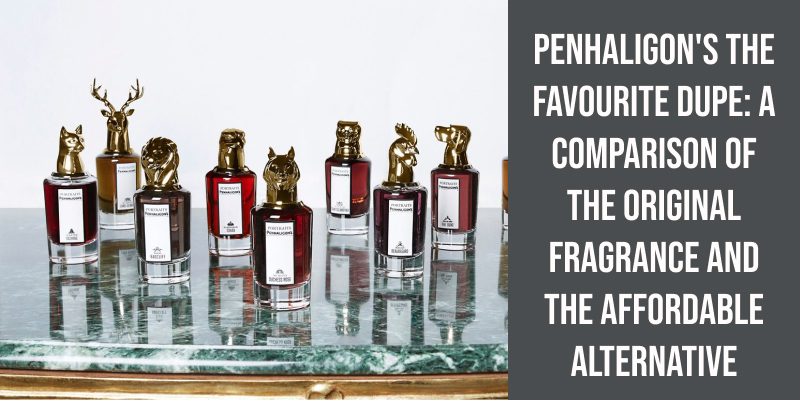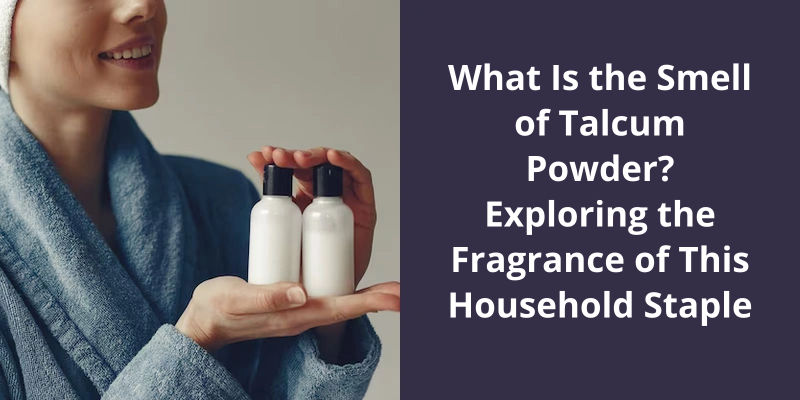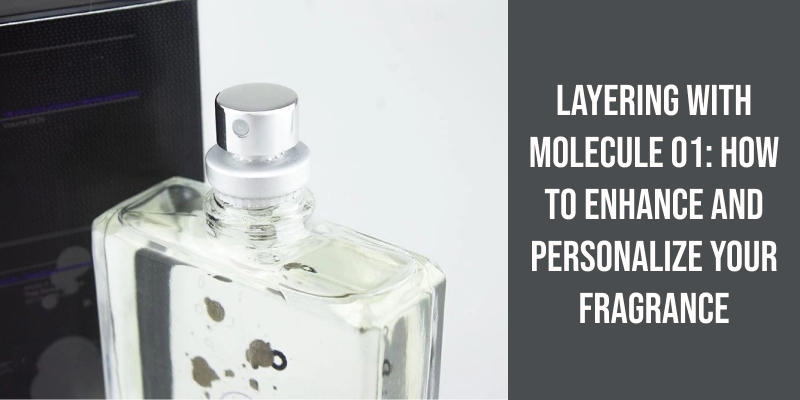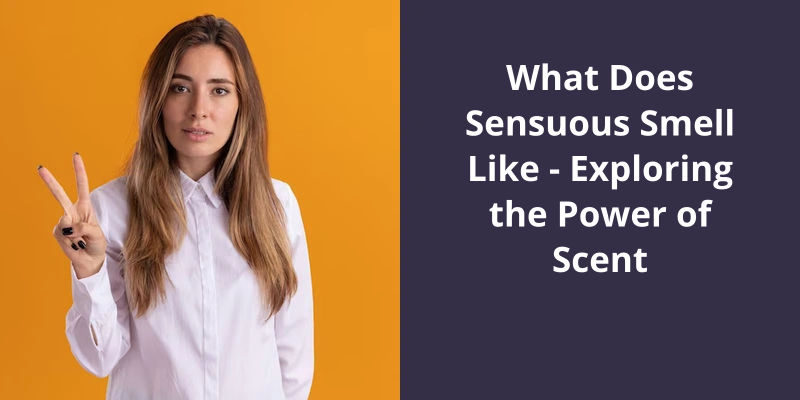Arabian Oud, also known as agarwood, has a unique, complex scent that is highly valued in the perfume industry. It’s often described as a rich and deep smell with a warm sweetness mixed with a musky, woody note. The aroma can vary considerably depending on the variety and quality, ranging from sweet and floral to woody and smoky. Some may find Arabian Oud to have hints of balsam or a honeyed sweetness. However, it’s the bittersweet, leathery undertones mixed with the slight earthiness that make it truly distinct. While it is indeed powerful and intense, it also has a soft and intimate quality that adds a sense of luxury and sophistication.
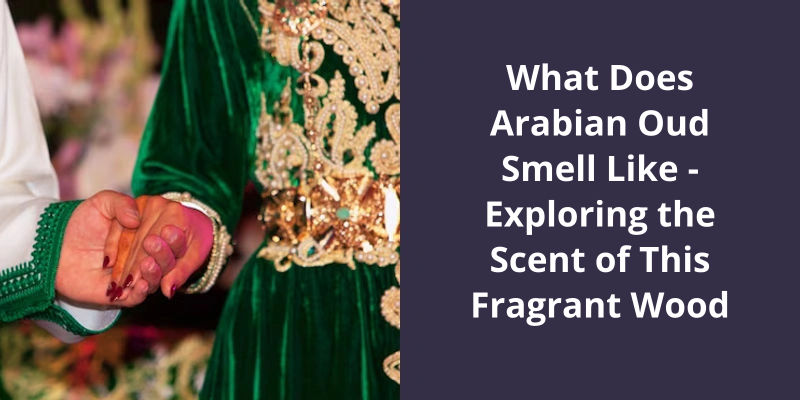
What Is Arabic Perfume Called?
Oud is harvested from the resin of Agarwood trees and is considered to be one of the most expensive aromas in the world. It’s been used for thousands of years in Middle Eastern fragrances and is renowned for it’s strong, musky scent that lingers long after application. Apart from oud, there are many other types of Arabic perfumes available that are crafted using different ingredients and methods.
One such fragrance is attar, which is a mixture of essential oils and aromatic compounds. This type of perfume originated in India and was introduced to the Arab world through trade routes. Attar is made by distilling flowers, herbs, and spices, and is highly concentrated.
Another popular type of Arabic perfume is musk, which is derived from the musk deer found in the Himalayas. Musk has a soft, subtle scent that’s often used in perfume blends as a base note. It’s used to give fragrances a more complex and long-lasting aroma. Musk is also used in traditional medicine for it’s healing properties.
Bakhoor is another type of Arabic perfume that’s enjoyed by many. Bakhoor is a blend of resins, spices, and oils that’s burned on charcoal to release it’s fragrant smoke. It’s a traditional Arabian incense that’s used during religious ceremonies and special occasions.
It’s a highly prized fragrance that’s often given as a gift on special occasions like weddings and religious celebrations. Oudh mubakhar has a deep, rich scent that’s both calming and uplifting.
Arabic perfumes are highly sought after for their exotic and unique fragrances. Each fragrance has a distinct scent that’s sure to leave a lasting impression on the wearer and those around them.
The art of perfume-making is an ancient tradition that’s been passed down through generations in the Arab world. Arab perfumes are known for their distinct and exotic scents that reflect the region’s cultural and historical heritage. These fragrances embody a mixture of traditional and modern elements that make them a popular choice for people of all ages and backgrounds. In this article, we will take a closer look at what makes Arab perfumes so special and how they’re made.
What Do Arab Perfumes Smell Like?
The scents of Arab perfumes are truly something special. These perfumes are known for their warm and spicy notes, which are instantly recognizable to anyone who’s ever experienced them.
One of the most distinctive aspects of Arab perfumes is their use of oud. This fragrant wood, which is harvested from the agarwood tree, has been prized in the Middle East for centuries for it’s distinctive scent. It’s warm, woody aroma is often combined with other ingredients to create complex and luxurious perfumes that are beloved around the world.
Another key component of Arab perfumes is roses. These fragrant flowers are a staple of the Middle Eastern landscape, and their sweet and heady scent is an integral part of many Arab perfumes. Combined with oud and musk, they create a rich and complex fragrance that’s truly unforgettable.
Finally, Arab perfumes often incorporate gourmand notes as well. These sweet and delicious fragrances, which often include notes of vanilla, caramel, and chocolate, are a relatively recent addition to the Arab perfume world. However, they’ve quickly become popular for their delicious and indulgent scents.
Their warm, spicy, and complex fragrances are deeply evocative of the culture and traditions of the Middle East, and their use of oud, musk, roses, and gourmand notes create scents that are truly unforgettable.
The History and Cultural Significance of Arab Perfumes
Arab perfumes have a rich history and cultural significance. They’ve been used for centuries for religious rituals, social events, and personal hygiene. The scents of Arab perfumes are often derived from natural ingredients such as flowers, spices, and wood. They’re known for their exotic and luxurious fragrances that are both unique and long-lasting. Arab perfumes have played a significant role in Arab culture, and their popularity has spread to other parts of the world.
The aromatic qualities of Arabian Oudh are well-known to be more than just an enchanting fragrance. It carries a host of benefits, both spiritual and psychological, that can impact our wellbeing in numerous ways. In particular, it’s calming and soothing properties have been appreciated for centuries, as it helps to alleviate stress and enhance cognitive function, amongst other things. Let’s explore these benefits in more detail.
What Are the Benefits of Arabian Oudh?
Arabian Oudh oil is extracted from the heartwood of the Agarwood tree, which is native to Southeast Asia. The unique fragrance of Arabian Oudh is due to the natural resin that’s created within the tree when it’s infected by a certain fungus. This has led to it being considered one of the most expensive perfumes in the world. Although it’s been used for centuries in the Middle East for spiritual and medicinal purposes, it’s only recently that it’s benefits have been recognized by the Western world.
One of the most important benefits of Arabian Oudh is it’s ability to reduce stress and anxiety. It’s calming effect on the mind and body has been proven to reduce the levels of the stress hormone cortisol in the body. This, in turn, can lead to a reduction in blood pressure and heart rate, making it an ideal oil for those who suffer from anxiety, depression, or other stress-related conditions.
Studies have shown that the fragrance of this oil can improve memory and concentration, making it an ideal choice for students, professionals, and anyone who needs to focus on a specific task. It’s ability to improve mental clarity has also been shown to reduce the risk of age-related cognitive decline.
It’s unique fragrance is both soothing and mystical, making it an ideal choice for anyone looking to improve their mental health, reduce stress and anxiety, and promote a sense of inner peace and tranquility. With it’s potent anti-inflammatory and antibacterial properties, it’s also an effective oil for topical use, making it a versatile and valuable addition to any natural health and wellness regimen.
The allure of Middle Eastern fragrances is undeniable, with oudh and bukhoor being the most sought-after scents in this region. Oudh, in particular, is steeped in history and mystique, having been used for centuries by royalty and nobility. But what makes these fragrances so special, and why do Middle Eastern people continue to wear them today? Let’s explore the fascinating world of Arabian perfumes in more detail.
What Perfume Do Middle Eastern People Wear?
It’s a unisex fragrance that intensifies with time and can last for days, making it a perfect choice for those extended days out. It’s prevalent among Middle Eastern people as they’re familiar with the sweet and woody scent. The unique blend of oudh and other essential oils in the perfume makes it exotic and exhilarating to the senses, reminiscent of the regions mystique.
Bukhoor, also known as bakhoor, is another popular scent that Middle Eastern people wear. It’s a traditional Arabian essential oil that’s burnt on charcoal to create a smoky aroma. Bukhoor is typically used in Arab homes during special occasions or to welcome guests into the house. It’s available in the market in different scents and colors, with some lasting for as long as a week.
Anyone who visits the Middle East will immediately notice the scent of oudh and bukhoor welcoming them. The exotic smell creates a sense of warmth and luxury, which the region is famous for. Wearing oudh or bukhoor is part of the Middle Eastern culture, a tradition passed down from generation to generation. It’s popularity has gone beyond the borders of the Middle East, gaining acceptance and becoming trendy in other parts of the world.
Perfumes made from musk, amber, and rose are also popular among Middle Eastern people. The musky scent is thought to evoke a sense of passion and desire. Amber has an earthy aroma and is believed to have healing properties. Rose oil is known to have a calming effect, and it’s sweet scent is associated with love and romance.
The love for fragrance is an essential part of Middle Eastern culture and tradition, and the scents worn are symbolic of their luxury, opulence, and mystique.
How Do Scents Play a Role in the Middle Eastern Hospitality and Social Etiquette?
- Scents play a significant role in Middle Eastern hospitality and social etiquette.
- Guests are often welcomed with traditional fragrances like bakhoor, a type of incense made from aromatic wood chips soaked in essential oils.
- The scent of bakhoor is believed to have both physical and emotional benefits, promoting relaxation and stimulating the senses.
- In many Middle Eastern cultures, offering coffee or tea is also accompanied by the burning of incense or the sprinkling of rosewater on the hands of guests.
- Scents are also commonly used in religious ceremonies and rituals throughout the Middle East.
- In addition to their cultural significance, scents are also an important part of the Middle Eastern perfume industry.
- The region is known for producing some of the world’s most luxurious and sought-after fragrances.
- Overall, scents serve as a powerful symbol of hospitality, tradition, and culture in the Middle East.
Source: How Do You Wear an Arab Perfume the Right Way?
The Middle East is a cultural hub that boasts of the most intriguing smells and fragrances. One of the most distinctive scents that define Middle Eastern perfumery is oud or agarwood, which has a luxurious aroma of tobacco, leather, and honey. It’s usage isn’t limited to perfumes, but also extends to bakhoor, scented wood chips soaked in fragrance oils, which are commonly burned in homes and public places all over the Middle East and North Africa, adding a touch of opulence to the air.
What Is the Middle Eastern Smell?
This alluring perfume has a rich, complex and musky fragrance that’s captivated people for many centuries. Infused with romance, mystery and mystique, Middle Eastern fragrances are renowned for their longevity, complexity and intensity. A signature scent, it’s a matter of pride and cultural identity in the Middle East. For centuries, the people of the Middle East have used natural herbs and spices to create fragrant blends and perfumes that are unique to their region.
Oud is the soul of Middle Eastern perfumery, and it’s been used for thousands of years to make fragrances, incenses and oils. Derived from the heartwood of the agarwood tree, oud is prized for it’s soulful, spicy and woody aroma that evokes warm and welcoming emotions. Oud is so rare and valuable that it can cost thousands of dollars per ounce, making it the most expensive ingredient in perfumery. It’s rarity also contributes to an aura of exclusivity that surrounds Middle Eastern perfumes.
Bakhoor, a blend of oud and other fragrant ingredients, is an essential part of Middle Eastern culture. It’s burned in special incense burners, known as mabkhar, or on charcoal tablets, and the smoke is wafted around rooms to create a soothing and relaxing atmosphere. It’s a symbol of hospitality and generosity, often being offered to guests as a gesture of goodwill. Bakhoor is used during religious ceremonies, weddings, and other important occasions to create an aura of celebration and joy.
In addition to oud, Middle Eastern perfumes also use a variety of other fragrant ingredients such as saffron, rose and sandalwood. These natural extracts are blended harmoniously to create complex layers of scents. The skilled perfumers of the Middle East have perfected the art of balancing these ingredients to create unique and luxurious fragrances that are loved by people around the world.
Middle Eastern perfumery has been influenced by many cultures and civilizations throughout history, from the ancient Egyptians to the Ottoman Empire.
Conclusion
The intricacies involved in creating this fragrance are truly remarkable, and it’s no surprise that it’s cherished by many. The distinct notes of blueberry, anise, rosemary, cashmere wood, floral notes, musk, amber, and honey all come together to create a mesmerizing aroma that’s both captivating and exotic. It is, without a doubt, one of the most sought-after fragrances in the world and a true testament to the art of perfume-making.


